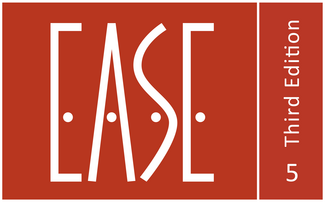I purchased my EASE 4 license after March 12, 2018: When will I receive my free license for EASE 5?
To help our existing EASE 4 customers make a smooth transition to the new EASE platform, AFMG has granted a free license of EASE 5 for each new commercial license of EASE 4.4 purchased between March 12, 2018 and October 3rd, 2022.
